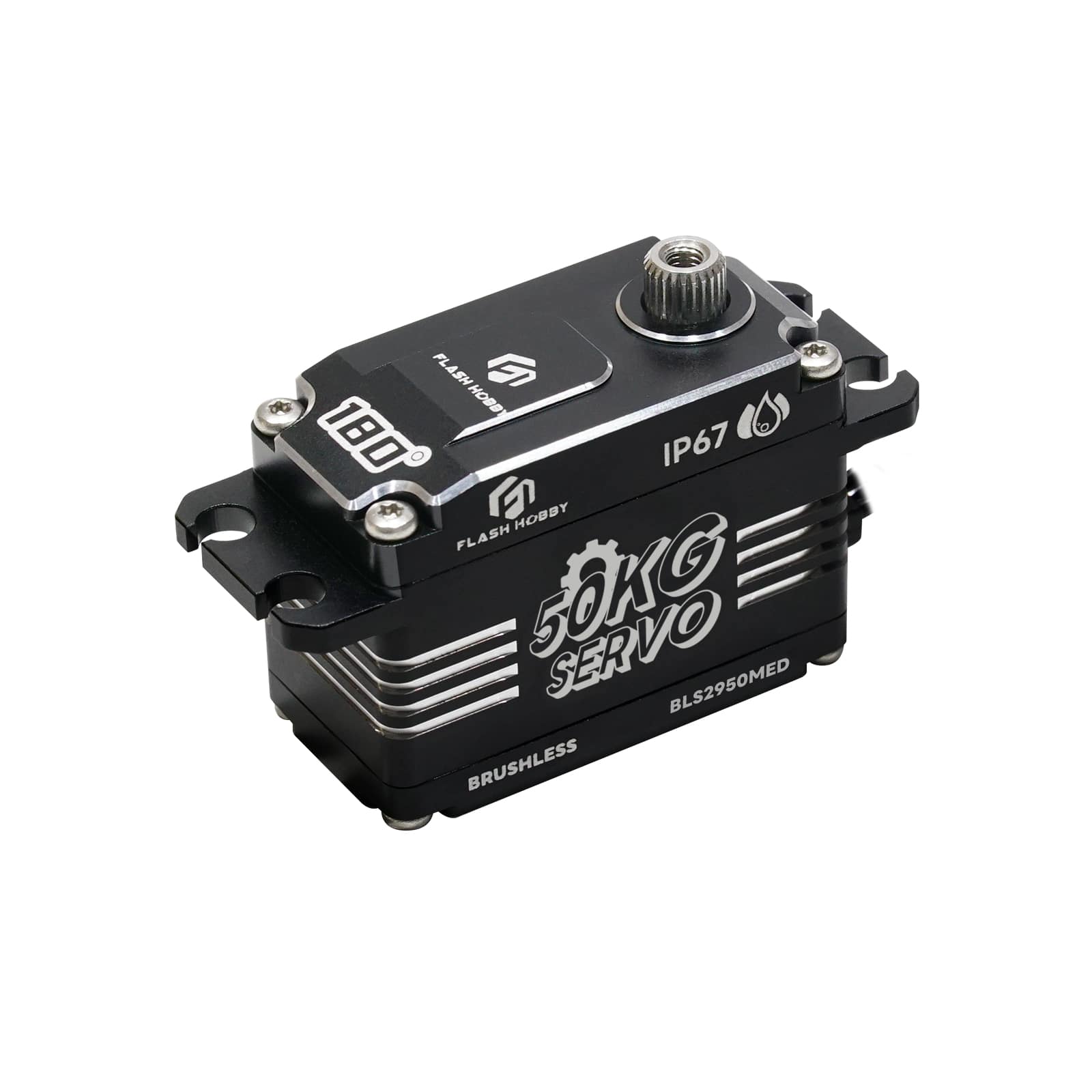Features and Considerations for Low Profile Servo Motors
2024-06-25
A low profile servo typically refers to a type of servo motor that is compact and designed for applications where space is limited or where a slim profile is required. Here are the key features and considerations for low profile servo motors:
1. Compact Size: Low profile servos are characterized by their small footprint and low height, making them suitable for installations in tight spaces or where there are constraints on mounting dimensions.
2. High Torque Density: Despite their small size, low profile servos often offer high torque output relative to their physical dimensions. This is achieved through advanced motor designs and efficient gearing systems.
3. Precision Control: Servo motors are known for their precise position control and responsiveness. Low profile servos maintain these characteristics, offering accurate motion control for various applications.
4. Applications:
- Robotics: Low profile servos are used in robotic systems where space-saving and precise motion control are essential, such as robotic arms, grippers, and articulated joints.
- Automation: They find applications in automated machinery and equipment, including CNC machines, packaging machines, and assembly lines.
- Aerospace: In aerospace applications, low profile servos are used for actuation in aircraft control surfaces, landing gear systems, and UAVs (Unmanned Aerial Vehicles).
- Medical Devices: They are used in medical equipment such as surgical robots, diagnostic devices, and rehabilitation equipment due to their compact size and precise control.
5. Feedback Systems: Many low profile servos incorporate feedback devices such as encoders or resolvers to provide accurate position feedback to the control system, ensuring precise motion and positioning.
6. Mounting Flexibility: These servos often come with versatile mounting options to accommodate different installation requirements, including horizontal, vertical, or inverted orientations.
7. Power and Efficiency: They are designed to be energy-efficient while delivering high performance, suitable for applications where minimizing power consumption and heat generation is crucial.
8. Control Interfaces: Low profile servos may support various control interfaces such as analog (PWM) control, digital communication protocols (e.g., CANopen, EtherCAT), or proprietary protocols depending on the application and system requirements.
Manufacturers of low profile servos include industry leaders like Siemens, Yaskawa, Mitsubishi Electric, ABB, and Parker Hannifin, among others. When selecting a low profile servo motor, consider specifications such as torque output, speed range, feedback type, mounting options, control interface compatibility, and the specific environmental and performance requirements of your application.



